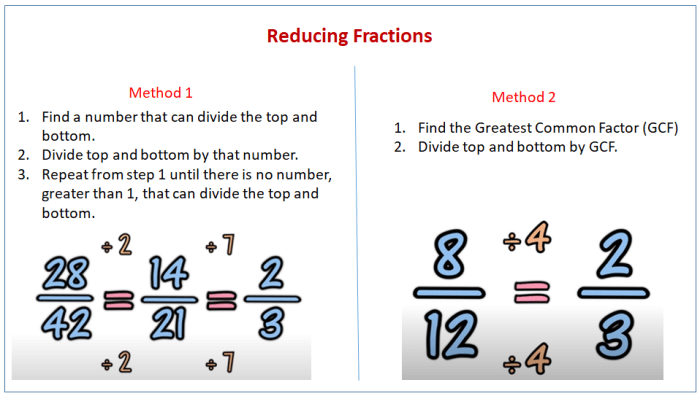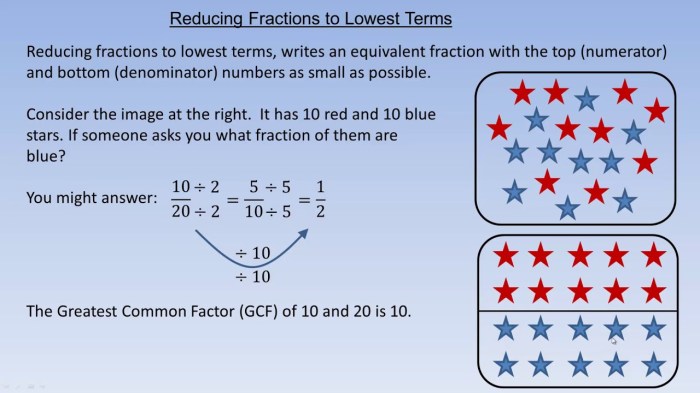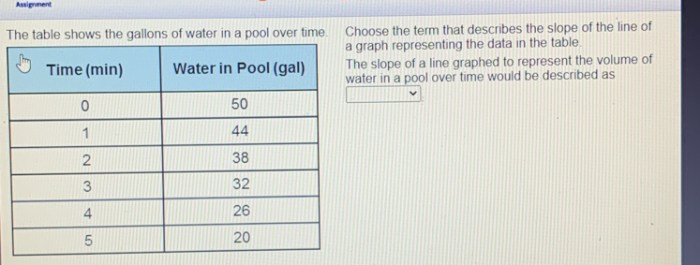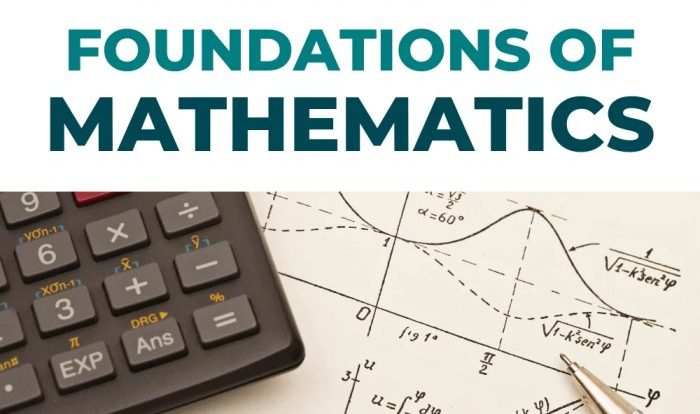Reduce the following fraction 125/150 – Reducing fractions is a fundamental mathematical operation that involves simplifying complex fractions into their most basic forms. This process, often applied to fractions like 125/150, requires identifying and eliminating common factors between the numerator and denominator. By following specific steps and understanding the underlying concepts, individuals can effectively reduce fractions, leading to a deeper comprehension of fractional operations.
This guide will delve into the intricacies of fraction simplification, exploring the techniques for identifying common factors and dividing both the numerator and denominator by these factors. Furthermore, it will elucidate the concept of expressing fractions in their lowest terms, ensuring a comprehensive understanding of this essential mathematical skill.
Simplifying Fractions: Reduce The Following Fraction 125/150

Simplifying fractions involves reducing them to their simplest form, where the numerator and denominator have no common factors other than 1. This process makes fractions easier to work with and compare.
Simplify the Fraction 125/150, Reduce the following fraction 125/150
To simplify the fraction 125/150, follow these steps:
- Find the greatest common factor (GCF) of the numerator and denominator. The GCF of 125 and 150 is 25.
- Divide both the numerator and denominator by the GCF. 125 ÷ 25 = 5 and 150 ÷ 25 = 6.
- The simplified fraction is 5/6.
General Inquiries
What is the purpose of reducing fractions?
Reducing fractions simplifies complex fractions into their most basic forms, making them easier to work with and understand.
How do I identify common factors in fractions?
To identify common factors, find the greatest common factor (GCF) of the numerator and denominator using prime factorization or other methods.
What does it mean for a fraction to be in lowest terms?
A fraction is in lowest terms when the numerator and denominator have no common factors other than 1.




